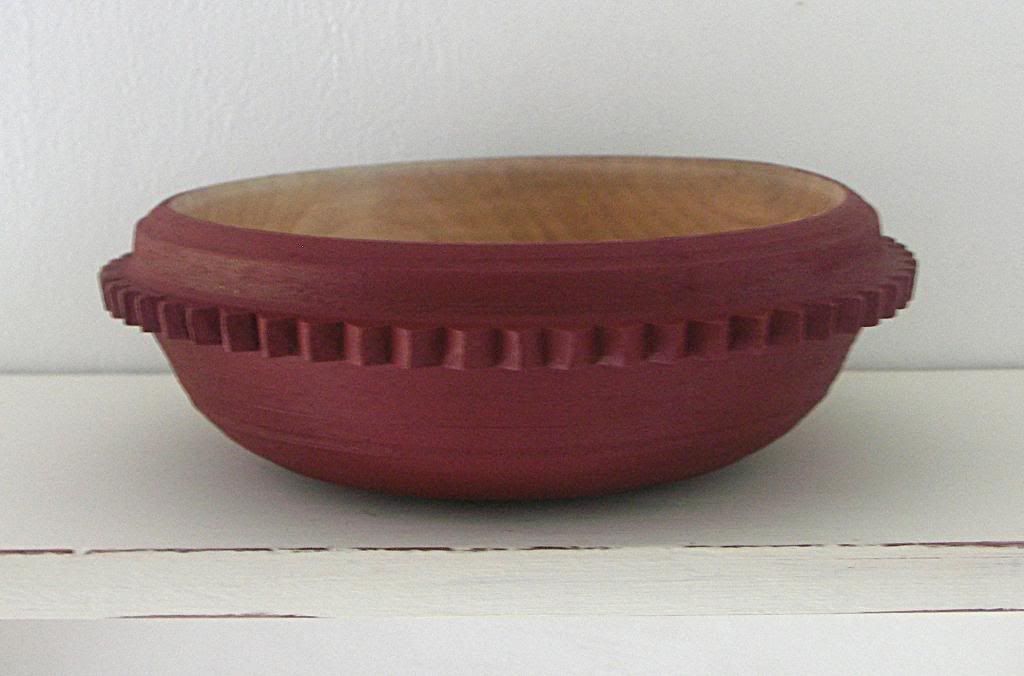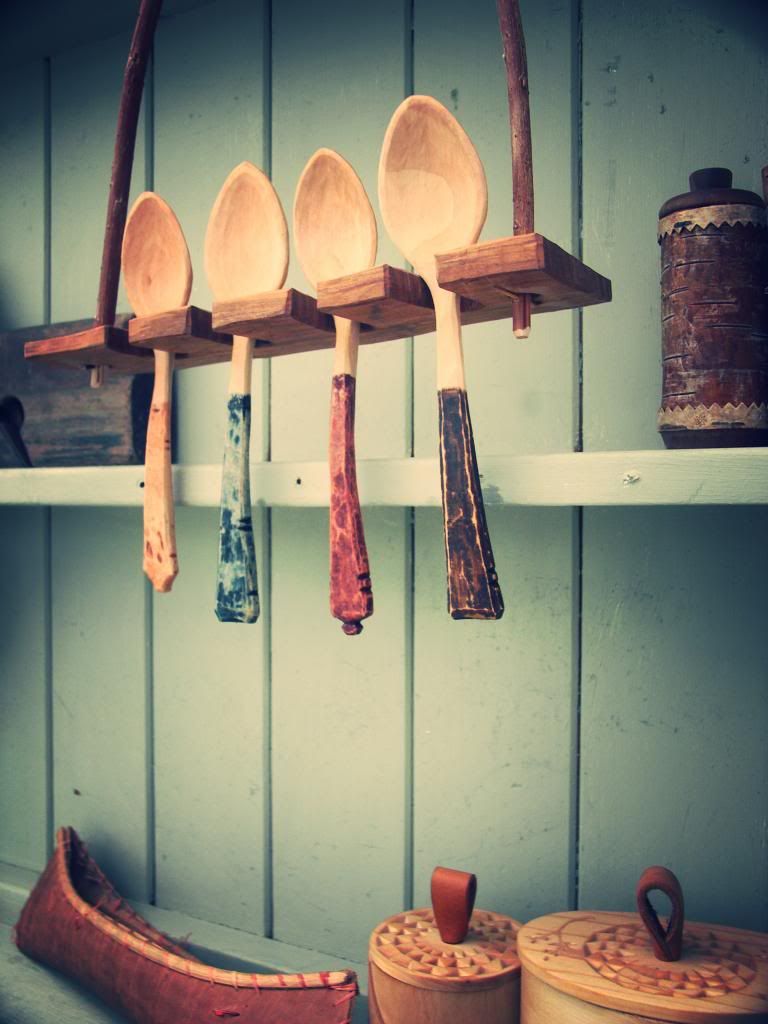Next week I will be leading a school trip to 'The Making of Harry Potter' Warner Studios Tour in London, with 150 Year 6 kids (10 years old), so thought I should go this weekend so that I know what to expect and what's in store for my pupils. I got two free teacher tickets so didn't have to pay for my wife and me, but just for my 3 kids it cost me £72. I thought this a little expensive at first and thought it would have to be something really quite special to justify that kind of out-lay. And it was - what an amazing place for a Harry Potter fan - which I hasten to add that My wife and kids are.
Not wishing to give Warner Studios free advertising, but I do believe in fairness, and it would only be fair for me to say that we thoroughly enjoyed it and the skill and artistry in those who produced the sets, props, animatronics and everything else that made the films as good as they are, was breath-taking. Well worth a visit - something for GB to be proud of.
Of course, one of the exhibits that most caught my eye was the wooden carving of the Goblet of Fire. I'd seen this particular film numerous times and had never noticed that the actual goblet was wooden.
 |
| The goblet as seen in the film |
 |
| Original design drawing for the goblet |
 |
| The finished goblet, all carved from a single piece of wood |
 |
| Close-up of the runes detail round the rim - all very nice, tool marks left on |
If there is one down-side to the whole Harry Potter world experience, it's the extortionately expensive gift shop through which you have to exit - employing the same organizational techniques as those supermarkets who place all the chocolate and sweets right next to the check-out where your young kids are guaranteed to see and want them (as if we couldn't have just found the sweets ourselves in the sweets aisle, if we'd wanted them).
Suffice it to say, my young, gulible and easily marketed son found it impossible to walk through the shop without expressing his absolute 'need' for one of the mass produced, resin wands that cost £25, despite me warning him before hand that due to his 'need' for a new Pokemon game earlier in the week that we wouldn't be buying one. In fairness, whilst I must admit that the majority of the purchases available in the shop are quite nice, the prices are riddiculous.
Of course, I responded to my son's distress in the way that any DIY skinflint would with the dreaded, imortal words, "I could make one of those." What I didn't take into consideration was that having once said so, my son was not going to let it drop until I'd actually made one. So.....
 |
| This is Jude's preferred wand - The Elder Wand - £25 worth, apparently |
This afternon I cleared a bit of space in my shed (enough for me to stand in), found a piece of seasoned wood on the log pile, fixed it into the lathe and set about turning an Elder Wand. Which was going well until I caught the gouge on a crack in the wood and it broke and flew off the lathe.
 |
| First attempt, before it flew off the lathe - I told Jude it was due to the amount of magic we were harnessing |
At least I now know it can be done, and am going to try again tomorrow (no doubt), using a cheap rolling pin to see if that works any better. Fingers crossed, please, and repeat after me, "I do believe, I do believe, I do!"



























